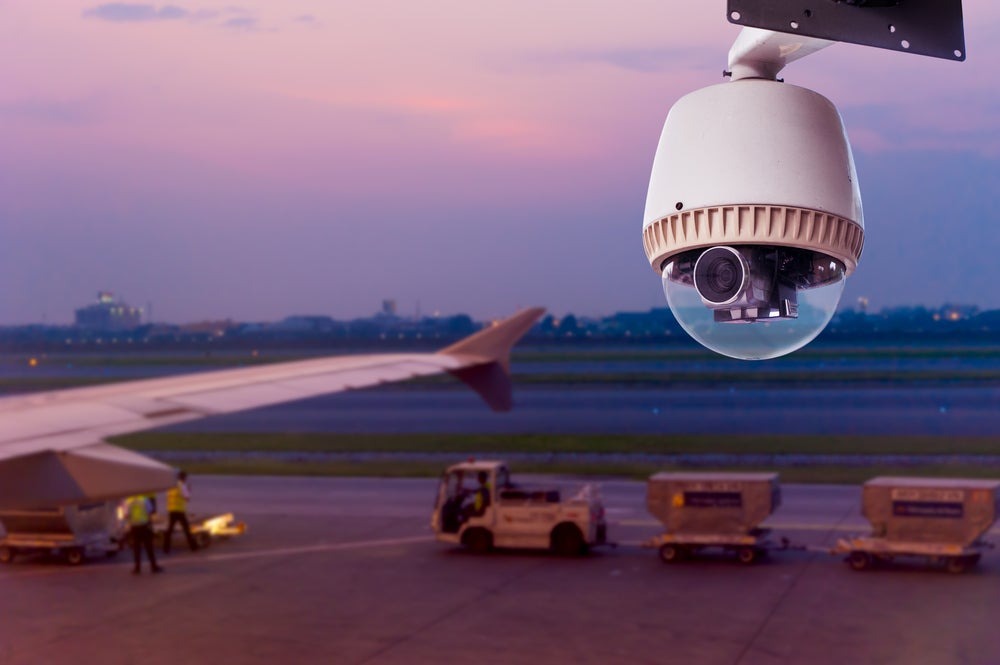Comment
Harnessing physical security data to transform passenger experience
Jon Hill, transport and public safety account executive at Genetec, explains how physical security data can transform airport operations.

Airports worldwide are in the midst of a significant transformation. A heavy focus on quality and passenger experience, the growing interconnection of airport systems, and a move to revenue diversification are driving changes in processes and technology.
However, the forces driving modernisation create conflicting priorities that can be difficult to reconcile. Too much focus on upgrading passenger-facing systems can mean leaving back-end systems behind, limiting potential operational improvements.
Growing to meet future needs can mean increasing staff and costs that aren’t yet aligned with revenue. Reducing friction in the passenger experience must always be balanced with keeping on top of changing security regulations.

Jon Hill, transport and public safety account executive at Genetec
As management consultancy Avasant notes in its report on the evolution of airports, advances in technology now “enable integration of informational, operational, and customer integration platforms in a way which was unthinkable even a decade ago”.
The key to unlocking this integration relies on the availability of adequate data. One area where modernising infrastructure can have a significant payoff is in unifying physical security systems on an open platform which integrates data from multiple airport systems.
Doing so can help airports engage in long-term business transformation to address a changing security and privacy landscape. With a unified platform, they can improve and automate operations and evolve KPIs to bring them in line with increasingly complex planning – all of which can ultimately improve the passenger experience.
Unifying security to improve efficiency
Unifying physical security systems involves shifting from siloed, standalone systems to an open platform that brings together an airport’s video management systems (VMS), access control systems, airside and perimeter intrusion detection systems, automatic number plate recognition (ANPR) and other functions in a single interface.
Once unified, the system provides a complete picture of what’s happening across the entire connected environment at any given moment, along with the tools to respond in real-time, all from one screen.
An open, unified security platform can also leverage multiple intrusion detection technologies – such as radar, Lidar, fence intrusion detection, and drone detection – to detect potential threats across wide areas to strengthen tarmac, aircraft, passenger, and staff security.
When automatically tracked on geographical maps, moving targets can be intuitively displayed and validated against the automatic dependent surveillance–broadcast (ADS-B) position of aircraft, so airport security personnel can assess and respond to threats more quickly and instantly recognise friendly aircraft to reduce false alarms.
Improved automated operations
Modern physical security systems are expected to improve an airport’s ability to protect passengers, staff, and property. However, it is their ability to go far beyond security while also improving operations and passenger experience that supports deeper transformation.
For example, as passengers arrive at or depart from the airport, ANPR systems can help maintain the flow of vehicles at entry and exit points by alerting personnel of emerging issues.
By detecting stopped vehicles in prohibited areas or counting vehicles over a set time, personnel can be dispatched to address potential issues quickly. Staff can also use ANPR to see when parking lots are crowded so they can re-direct people to overflow areas.
Once passengers arrive, VMS can analyse how they flow through the airport. With siloed systems, airports lack situational awareness when queues build up.
With a unified security platform, data can be ingested from various sources – cameras, sensors, access control, analytics applications and more – and visualised on a single dashboard, with capacity thresholds and alerts that are customised to the user.
Airports can also use automated collection systems (ACS) to help them understand how many people are in particular areas, to better manage occupancy and comply with regulations.
Integrating data into a single platform
Data from flight information systems (FIS), airport operations databases (AODB), visual docking guidance systems (VDGS), baggage handling systems (BHS), ADS-B and more, can all be integrated with an open, unified security platform to deliver real-life use cases.
One airport was concerned about slow incident management when an unwell passenger was arriving that needed medical attention. This issue was a lack of flight schedule visibility meaning that a manual process to consult different screens in the security operations centre was required to manage an appropriate response.
By combining AODB and gate allocation with decision support in the control room, the airport is now able to tag flights, create automatic alerts when a flight of interest has arrived and generate a process to be followed by an operator.
Airports need to deliver frictionless experiences in a secure and safe environment.
By bringing ADS-B, flight, and gate information together one airport was able to link its VMS and ACS systems to see when a particular flight arrives at a gate, and how long it takes staff to badge in to service the aircraft. When the time reaches a predetermined threshold, it triggers an alarm for staff to learn why the process is delayed and to take action.
A number of airports ingest flight and gate information to gain insights and support resource planning for busy periods. Using flight schedule data, they can estimate peak crowds; some even modify commercial advertising in particular areas based on passenger demographics.
Airports need to deliver frictionless experiences in a secure and safe environment. Integrating data from systems across the airport using a unified, open physical security platform can enable this.
Around the world, airports are witnessing how the modernisation of physical security infrastructure and the integration of data can translate into reduced passenger throughput times, increased staff productivity, improved baggage processing times, increased retail and parking revenue, and more.